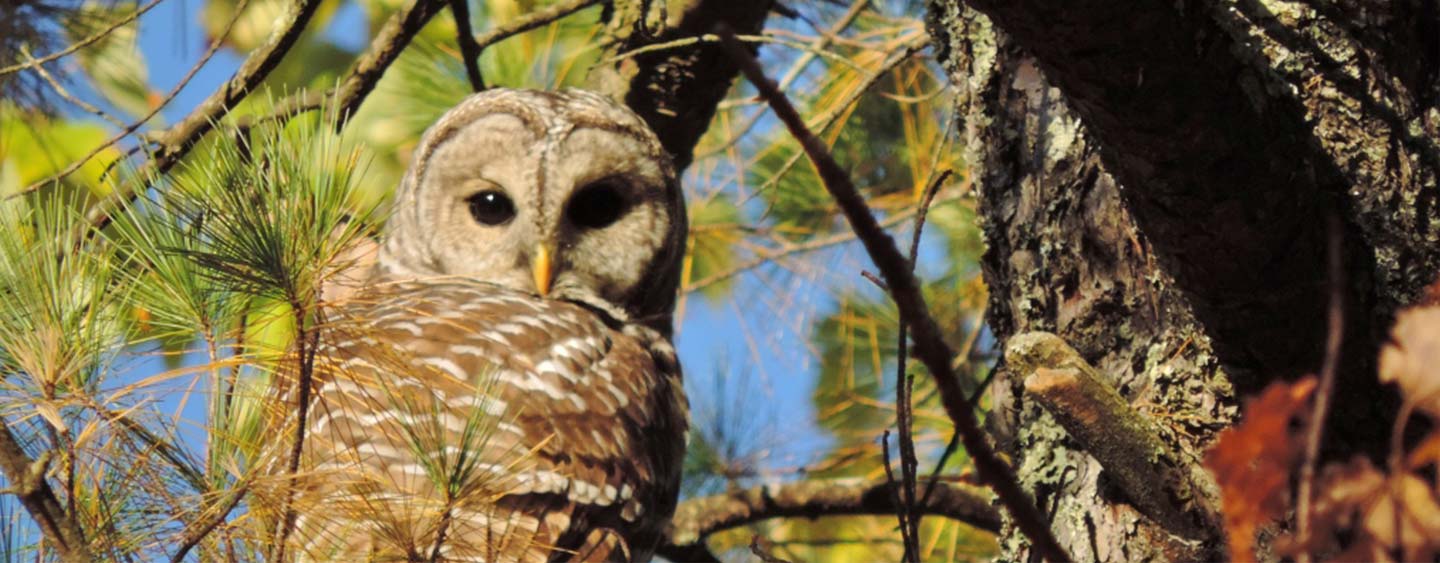Wildlife & Ecology
The Lamprey River is recognized as having predominantly healthy, diverse habitat types. The integrity of the landscape and the presence of several theatened animal species weighed heavily in the river's favor for both the state and federal river protection designations. The largely undeveloped river corridor supports important floodplain forests, extensive shrub and marsh wetlands, and scattered openings and fields among the forested uplands.
The Lamprey is one of New Hampshire's most significant rivers for anadromous fish such as river herring, as well as strictly freshwater fish. More than 150 species of birds breed, winter, or stop over during migration along the Lamprey River corridor. Three turtle species that are of special conservation concern in New Hampshire (Blanding's, spotted, wood) make use of the extensive natural landscape. The river historically has had healthy populations of 6 of the 9 freshwater mussel species found in New Hampshire, although this is changing.
As the human population and the associated environmental pressures continue to increase along the river and elsewhere, the LRAC will continue its work to preserve continuous wild areas and clean water. It will work to reduce the ill effects of invasive species that impair natural communities and land development that results in polluted run-off and increased erosion. It will work to restore free fish passage past dams. In short, the LRAC will continue its work on behalf of the people and wildlife who call the river home.

